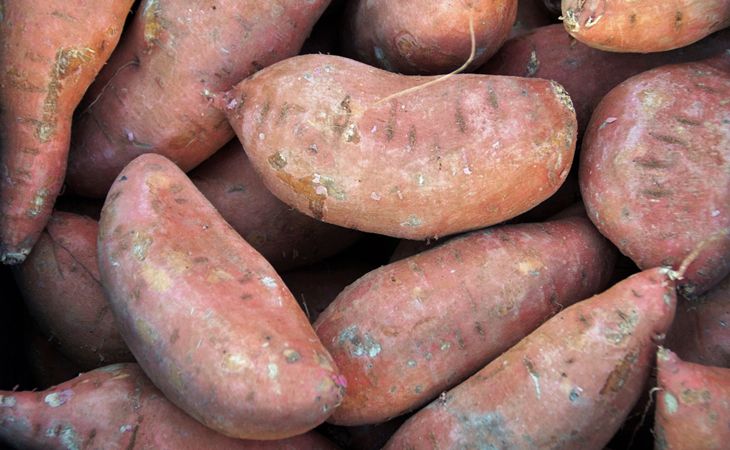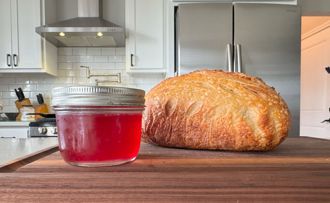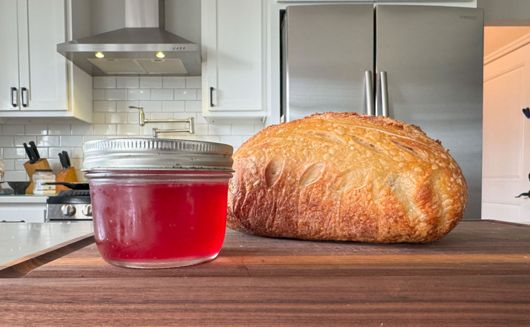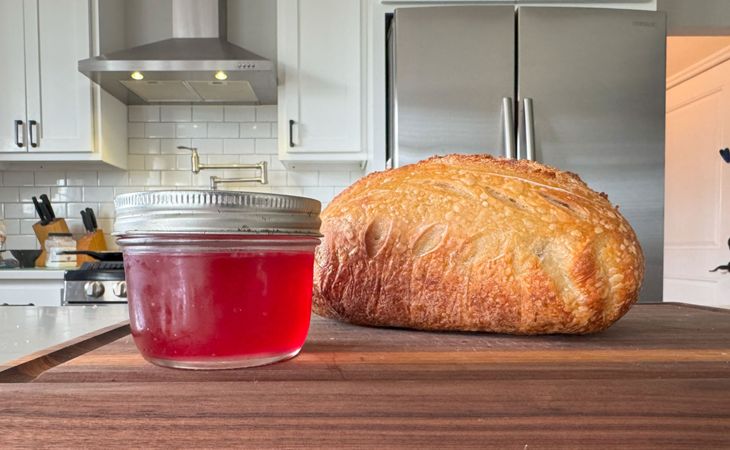How to Grow Great Sweet Potatoes
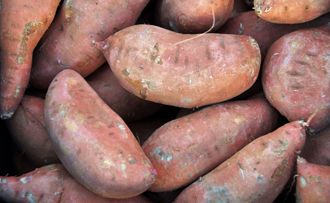
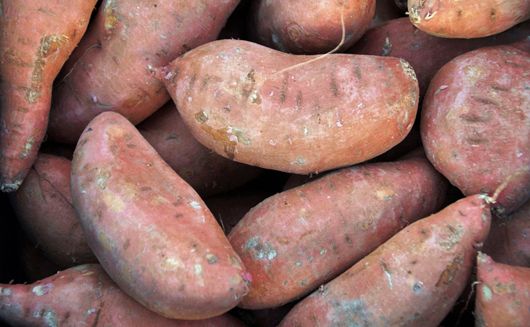
The trick to growing great sweet potatoes is to plan before you plant. Follow these recommendations for success in planting and harvesting sweet potatoes.

Sweet potatoes are nutritious, starchy root vegetables. Sweet potato plants are in the same family as morning glories (Convolvulaceae), and are only distantly related to potatoes. Since they are not in the nightshade family (Solanaceae) with potatoes, sweet potatoes are a dietary alternative for people who are sensitive to nightshades.
Sweet potato plants are heat-loving, low-maintenance garden vegetables. They have a vining growth habit and the plants establish quickly. They enjoy full sun (at least 6-8 hours during the growing season) and thrive in loose, well-drained, nutrient-rich soils – although they will tolerate almost any planting site.
Select and prepare the planting site for the benefit of your sweet potato plants so that, come harvest, you get a bountiful crop! Here's what we recommend.
Planting Sweet Potato Plants
The best time to plant sweet potato plants is after the ground is thawed and after the last spring frost date has passed. If the ground doesn't freeze in your location, then the best time to plant is usually a month after your last spring frost date.
Prepare the soil. Sweet potatoes grow well in nutrient-rich soil, so prepare the sunny, well-drained planting site with compost or well-aged manure prior to planting. If your soil has water-retention issues, you may need to amend with coir, or coco-fiber growing medium. If your soil is compact or composed of heavy clay, it is recommended that you build raised beds or large mounds of top soil (amended if needed) to plant and grow sweet potatoes. Building up 10-12 inches above the native soil should work fine.
If you can't plant your sweet potatoes when they arrive, due to adverse weather conditions, keep sweet potato plants' roots damp and put them in a shaded place until conditions improve.
Plant. Space planting holes at least 12 inches apart and space planting rows about 36 inches apart. This allows space for vigorous vines to grow and avoids light or nutrient competition, while also giving you room to move easily through your planting site to mulch, water, and eventually harvest.
Mulch. Sweet potato plants don't like water-logged soil, but dry soil is just as stressful. Be sure to keep the planting area watered as needed (you shouldn't need to water if there is rain in the near forecast). Apply a few inches of mulch to help retain moisture while also discouraging the development of problematic weeds.
Maintaining the Planting Site
- Remove weeds as soon as they appear to keep the task manageable.
- Apply additional fertilizer or soil conditioners as needed about a month after planting.
- Avoid overwatering, but irrigate as needed to keep planting site from drying out.
- Pruning is not needed and often not recommended. Let it grow!
Harvesting Sweet Potatoes
Most varieties of sweet potato will mature within 3-5 months, so, if your location is known for having short growing seasons, be sure to choose varieties with an appropriate maturity time.
Sweet Potato Varieties at Stark Bro's
- Beauregard: Matures in approximately 90 days
- Georgia Jet: Matures in approximately 100 days
- Vardaman: Matures in approximately 95 days

Harvest-sized sweet potatoes may be found several inches below the soil surface. Carefully remove the soil from around the plant's roots and examine the tuber size. If they are a couple inches across or larger, they are ready to be harvested. You can selectively remove the sizable sweet potatoes and re-cover the plant's roots to allow continued development of smaller ones. Be careful not to bruise, scrape, or puncture the skin of the sweet potatoes as this can cause quality issues like rotting, especially in storage. Remove any excess dirt from your harvest.
To fully enjoy your harvested sweet potatoes, they will likely need a curing period to develop the sugars for the sweetness you are familiar with. This curing process is also necessary if you plan to store your sweet potato harvest for several months. For your convenience, here are some useful sweet potato curing tips.
Sweet potatoes are truly easy garden vegetables to plant and harvest. And, if you follow these recommendations, you will grow your own great sweet potatoes in no time!
- Article Categories:
- How To Grow
- Product Features

